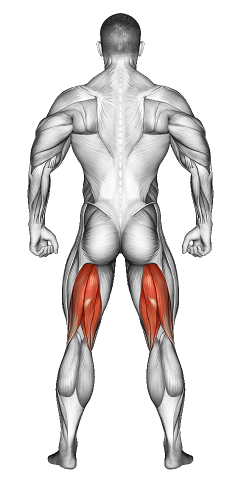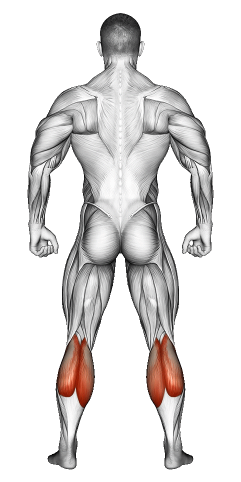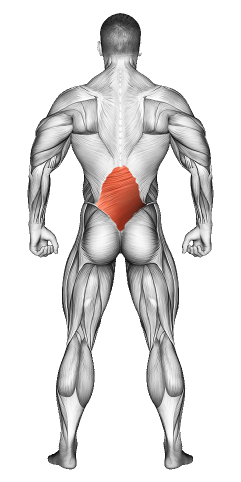Standing Forward Bend (Uttanasana): Video Tutorial & Yoga Guide

Written By: Claude Michael
Updated: Jan 14, 2025
| Workout | Standing Forward Bend (Uttanasana) |
| Primary Muscle Group | Hamstrings |
| Secondary Muscle Group | Calves, Lower Back |
| Equipment Required | None |
| Force Type | Bodyweight |
| Mechanics | Stretch and Flexibility |
| Exercise Type | Yoga |
| Difficulty | Beginner |
Standing Forward Bend (Uttanasana): Video Tutorial & Yoga Guide
- 1.Standing Forward Bend (Uttanasana): Muscle Groups
- -1.1Primary Muscle Group
- -1.2Secondary Muscle Group
- 2.Standing Forward Bend (Uttanasana): Step-by-Step Guide
- 3.Standing Forward Bend (Uttanasana): Overview
- 4.Standing Forward Bend (Uttanasana): Benefits
- 5.Standing Forward Bend (Uttanasana): Pro Tips & Advanced Techniques
- 6.Standing Forward Bend (Uttanasana): Progression Plan
- 7.Standing Forward Bend (Uttanasana): Frequently Asked Questions (FAQs)
Secondary Muscles Group
Standing Forward Bend (Uttanasana): Step-by-Step Guide
- Step 1: Stand tall with your feet hip-width apart and your arms by your sides. Engage your core and keep your shoulders relaxed.
- Step 2: Inhale deeply and stretch your arms overhead to lengthen your spine.
- Step 3: As you exhale, hinge forward from your hips and fold your upper body down toward the floor. Keep your back straight as you lower.
- Step 4: Let your hands rest on the floor, your shins, or your ankles, depending on your flexibility. Relax your neck and let your head hang heavy.
- Step 5: Hold the pose for a few breaths. Focus on lengthening your spine with each inhale and deepening the stretch with each exhale. To come up, engage your core, lift your arms, and rise back to standing. You’re doing amazing—feel the stretch and breathe deeply!
Standing Forward Bend (Uttanasana): Overview
Standing Forward Bend (Uttanasana) stretches your hamstrings, calves, and lower back. This pose helps release tension, calm the mind, and improve flexibility. It’s beginner-friendly and a great way to warm up or cool down.
Standing Forward Bend (Uttanasana): Benefits
This pose stretches your hamstrings, calves, and back while promoting relaxation. It improves flexibility in your legs and spine, relieves tension in the back, and calms the mind. Practicing this pose can also improve blood circulation.
Standing Forward Bend (Uttanasana): Pro Tips & Advanced Techniques
- Hinge at Your Hips: Focus on folding from your hips, not your lower back, to protect your spine.
- Relax Your Neck: Let your head hang naturally to avoid tension.
- Bend Your Knees If Needed: If your hamstrings feel tight, bend your knees slightly to keep your back straight.
- Breathe Steadily: Inhale to lengthen your spine, and exhale to deepen the stretch.
Standing Forward Bend (Uttanasana): Progression Plan
Beginner
Intermediate
Advanced
Standing Forward Bend (Uttanasana): Frequently Asked Questions (FAQs)
What muscles does Standing Forward Bend stretch?
+It stretches your hamstrings, calves, and lower back.
Can beginners do this pose?
+Yes! Bend your knees or use props like a block to make it more accessible.
How does this pose help with flexibility?
+It lengthens your hamstrings, calves, and spine, improving overall mobility.
How often should I practice Standing Forward Bend?
+Practice it daily or include it in your warm-up or cool-down routine.
What mistakes should I avoid?
+Don’t round your back or force your hands to the floor. Focus on hinging at your hips and keeping your movements gentle and controlled.
Share
Don’t Wish for It, Work for It – Join the FlexXP Newsletter Today!
Thank you for signing up for the FlexXP Newsletter!
This site is protected and the Google Privacy Policy and Terms of Service apply.


